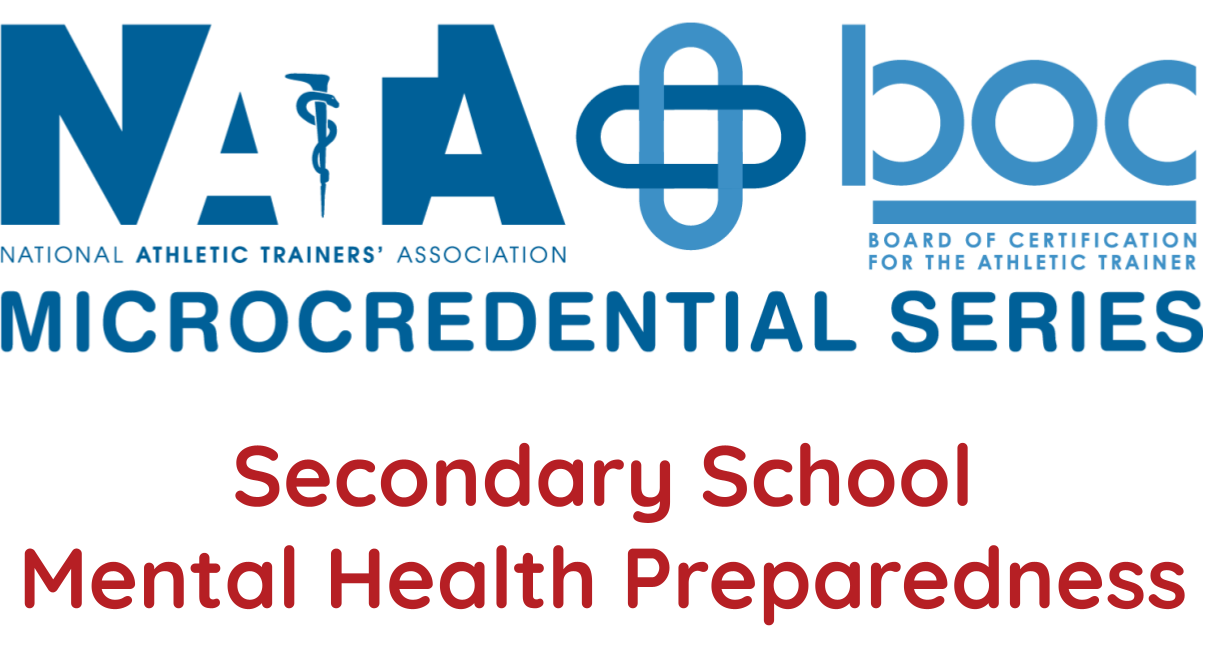
Diagnostic Testing Series: Special Testing of the Shoulder - Establishing a Core Set of Maneuvers
-
Register
- Non-member - $18.75
- Member - Free!
- Student - Free!
- Staff - Free!
- Certified Student - Free!
- Retired - $11.25
Abstract:
The complex design of the glenohumeral joint, which is comprised of multiple structures with varying orientations and attachments, makes it challenging to provide an accurate diagnosis in an injured shoulder. Adding to the difficulty, there are many components within the clinical shoulder examination that provide important information on both a macro (history, range of motion, manual muscle testing, special/stress testing, etc.) and micro (specific questions, directions, movements, and maneuvers within each macro component) level. Research has been scattered regarding the value of the shoulder examination components for diagnosing specific injuries with information being simultaneously supportive and critical of similar components. Of greater importance, a comprehensive approach has been advocated as the superior method of examination suggesting that no one area provides concrete information for diagnosticians. Although a comprehensive approach has been recommended, there is conflicting information regarding the effectiveness of special testing maneuvers for diagnosing specific types of shoulder injury. Practicing clinicians currently perform a comprehensive examination to varying degrees, comprised of a multitude of tests and maneuvers but there is no established set of core components for the special testing component. Thus, it would be beneficial for practicing clinicians to be provided a summary detailing the shoulder special tests that can provide reasonable information which can assist clinicians in making diagnoses of common injuries.
Objectives:
- Participants will be able to list the definitions of diagnostic accuracy statistics (sensitivity, specificity, likelihood ratios, accuracy, and predictive values),
- Participants will be able to identify the special tests that have the best clinical utility for diagnosing rotator cuff injury, labral injury, acromioclavicular joint injury, and glenohumeral instability,
- Participants will be able to identify the special tests that have stronger clinical utility when combined with other examination components (patient history, range of motion, manual muscle testing, etc.)
Level:
Advanced
Domains:
Domain 2: Assessment Evaluation and Diagnosis
CEUs:
0.75 Category A
Keywords: shoulder, range of motion, rotator cuff, labral injury, glenohumeral, instability, diagnostic, testing, examination
On-Demand (Enhanced Access) Course Expiration:
Courses registered for after February 5, 2025, must be completed by December 31, 2025, at 11:59 p.m. CST.
For full details, refer to the expiration policy on our FAQ page.
Aaron Sciascia, PhD, LAT, ATC, PES
Aaron is the Clinical Outcomes and Research Director at Lexington Clinic. He previously served as an associate professor for Eastern Kentucky University's CAATE-accredited Master’s in Athletic Training program and spent 13 years as the coordinator of the Shoulder Center of Kentucky. He received a Bachelor of Science in Athletic Training degree from the University of Delaware and a Master of Science in Kinesiology degree, graduate certificate in Clinical and Translational Science, and Doctor of Philosophy in Rehabilitation Science, all from the University of Kentucky. He has been previously honored as Clinical Athletic Trainer of the Year and with the Award of Merit from the Kentucky Athletic Trainers’ Society and the Founders' Award from the American Society of Shoulder and Elbow Therapists (ASSET). Aaron has previously served ASSET as President and holds the distinction of Fellow within the Society. He is also an Affiliate Member of the American Shoulder and Elbow Surgeons and a Distinguished Fellow of the Athletic Training Academy within the National Academies of Practice. Aaron has produced multiple peer-reviewed articles and book chapters related to function, evaluation, and treatment of the shoulder and scapula, and he speaks at various venues annually. He has co-edited 2 textbooks and serves as an associate editor for the International Journal of Athletic Therapy and Training.

